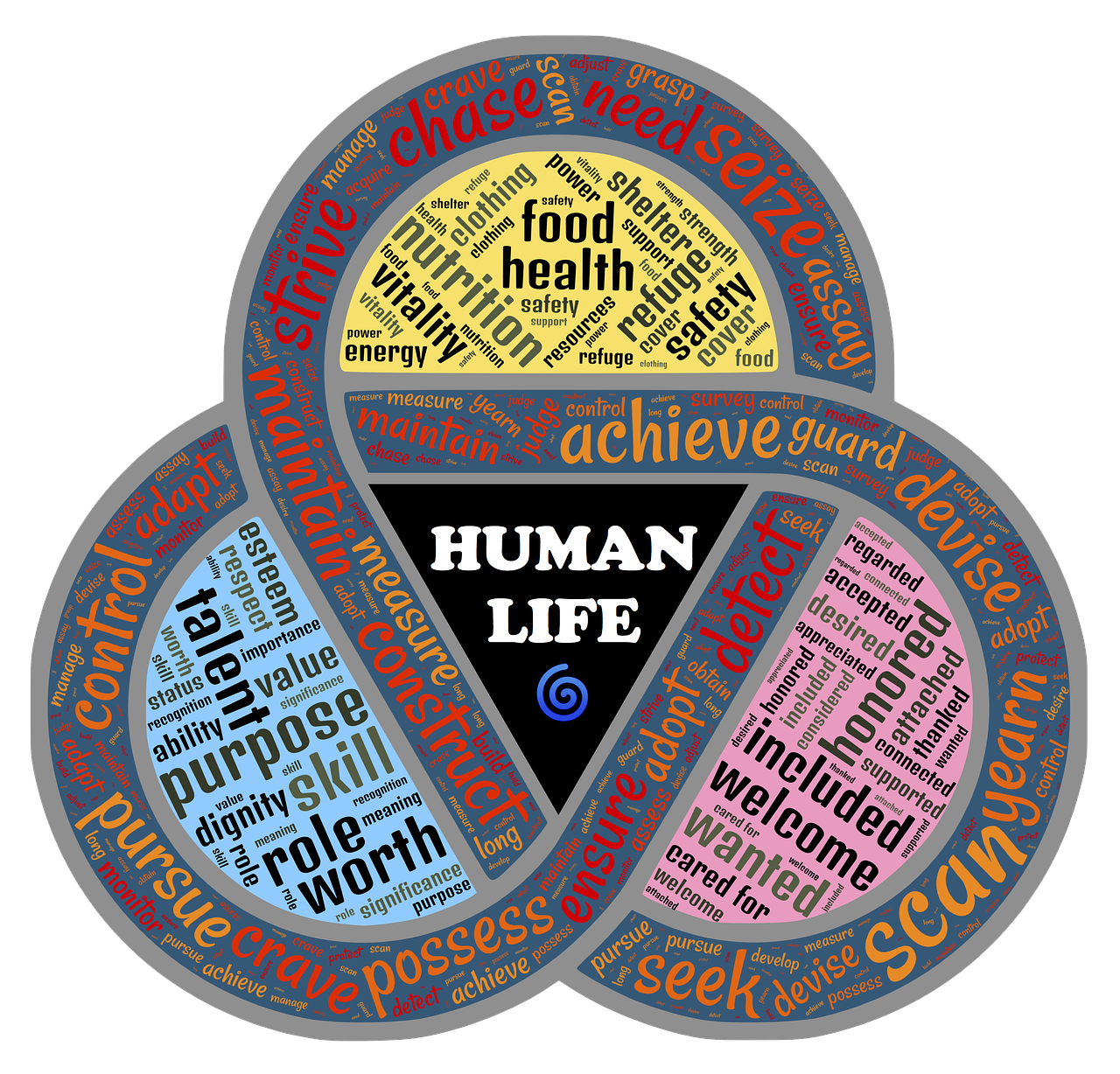In today’s fast-paced digital era, businesses globally confront a relentless wave of technological transformations. These rapid changes not only reshape industry landscapes but also redefine customer expectations and redefine competitive dynamics. Companies such as Microsoft, Amazon, Google, and Apple have demonstrated remarkable agility by continually evolving their strategies to harness technological breakthroughs. Staying static in this turbulent environment can quickly render even the strongest brands obsolete. Understanding how to pivot, innovate, and integrate new technologies has become essential for survival and growth. This article unpacks the complex challenge of adapting to rapid technological change, exploring how businesses can embrace emerging tools, foster a culture of innovation, and realign their objectives to thrive amid disruption. Additionally, we delve into the critical role of digital asset management solutions like the HIVO platform in empowering organizations to efficiently manage their resources and maintain a competitive edge in 2025 and beyond.
Understanding the Business Impact of Rapid Technological Advancements
The business ecosystem today is heavily influenced by ceaseless technological innovations that redefine operational models and customer engagement. For instance, the widespread adoption of cloud computing, artificial intelligence, and Internet of Things (IoT) devices has enabled companies to enhance productivity, automate routine tasks, and optimize decision-making. Tech giants such as IBM and Cisco have revolutionized network infrastructure enabling seamless connectivity, which empowers businesses to operate more efficiently on a global scale.
Take the manufacturing sector as a vivid example: automation and robotics technologies have drastically accelerated production timelines while improving precision. This has translated into faster time-to-market and elevated quality standards that customers now expect. In contrast, businesses slow to integrate these innovations risk losing market share to more tech-savvy competitors.
Moreover, the rise of data analytics and machine learning tools has transformed how businesses gather and interpret critical customer insights. Salesforce and Oracle provide advanced CRM platforms powered by AI, which identify customer behaviors and preferences, allowing companies to tailor their marketing campaigns with exceptional accuracy. This personalization fosters customer loyalty and drives revenue growth — essentials in the highly competitive digital marketplace.
Key effects of rapid technological innovations on businesses include:
- Increased operational efficiency and reduced costs through automation and streamlined workflows.
- Enhanced customer experiences by leveraging data-driven insights to deliver personalized services.
- Acceleration of product development cycles with agile and cloud-based technologies facilitating faster innovation.
- New market opportunities arising from emerging technologies like blockchain and augmented reality.
Understanding these impacts is not only about recognizing new tools but also the cultural and strategic shifts required to harness them effectively. Companies like Adobe and SAP have embraced digital asset management systems to support the creation, organization, and dissemination of digital content, which is pivotal in managing brand consistency and operational agility.

| Technological Trend | Business Impact | Example Companies |
|---|---|---|
| Artificial Intelligence | Automated decision-making, predictive analytics, customer personalization | Salesforce, Oracle |
| Internet of Things (IoT) | Real-time data collection, improved operational efficiency | Cisco, IBM |
| Blockchain Technology | Transaction security, transparent supply chains | IBM, Microsoft |
| Cloud Computing | Scalability and flexible IT infrastructure | Amazon, Google |
Strategies to Stay Ahead of Technological Changes
To maintain an edge, businesses must continuously monitor developments in tech and swiftly interpret their implications. Regular industry benchmarking and participation in innovation forums can aid in identifying opportunities early. Services such as /business-idea-market-launch/ provide invaluable insights for startups and established companies to explore market readiness for new innovations.
The ability to predict shifts in consumer behavior thanks to technological advancements is another vital strategy. For example, brands ignoring the rise of mobile commerce or the increasing use of voice-assisted devices risk diminished market relevance. A proactive approach enables organizations to ride the wave of change rather than be overwhelmed by it.
Evaluating Your Company’s Technology Infrastructure and Market Position
Before embracing new technologies, businesses should conduct thorough assessments of their current technological landscape, infrastructure, and workforce capabilities. This evaluation uncovers critical gaps hindering efficient adoption and integration of emerging tools.
Performing a SWOT analysis focused on technological assets helps clarify specific weaknesses and threats, such as outdated software or skill shortages. For instance, many companies lag in digital asset management, an area where platforms like HIVO offer comprehensive solutions that simplify storage, metadata tagging, and automated workflow capabilities, thus relieving inefficiencies.
It’s also crucial to understand customer expectations in this digital transition. Today’s consumers demand not only faster services but also seamless omnichannel experiences. Market research linked through resources such as /how-do-i-measure-brand-sentiment-and-customer-perception/ can provide detailed customer sentiment and perception metrics, guiding technology adoption that truly resonates with the target audience.
Key steps in assessing your business:
- Audit current technology stack — hardware, software, and platforms.
- Evaluate employee digital literacy and identify skill gaps.
- Conduct internal and external analyses (SWOT focused on tech).
- Gather customer data to align technology decisions with user needs.
- Prioritize technology upgrades based on business goals and ROI.
| Assessment Area | Questions to Ask | Examples of Solutions |
|---|---|---|
| Infrastructure | Is current hardware scalable and secure? | Hybrid cloud infrastructure by Google or Amazon Web Services |
| Skills | Do staff have training in AI and data analytics? | Internal training programs, partnerships with tech educators |
| Customer experience | Are customer engagement tools effective and integrated? | CRM platforms like Salesforce and Oracle |

Fostering a Culture that Embraces Innovation and Continuous Change
Businesses thriving amidst constant technological upheaval share a common trait: a robust culture of innovation. Encouraging team members to challenge norms and experiment with new ideas energizes organizations to stay ahead. Industry leaders like Apple and Adobe exemplify this through continuous investment in research and development (R&D) and openness to disruptive ideas.
Creating such a culture requires leadership commitment to communicate the importance of adaptability and support risk-taking within safe boundaries. Enabling collaboration across departments sparks creative problem-solving and often reveals novel applications for emerging technologies.
Approaches to cultivate innovation include:
- Establishing cross-functional innovation labs where employees co-create solutions.
- Recognizing and rewarding experimentation and learning from failures.
- Providing continuous training programs on latest technologies and methodologies.
- Leveraging external partnerships with startups and technology hubs.
- Implementing digital tools that facilitate open idea sharing (e.g., internal social platforms).
Investment in R&D drives these initiatives forward, as seen in companies that develop proprietary solutions or optimize existing operations through innovative technological adoption. Digital asset management platforms such as HIVO, developed through ongoing R&D, illustrate how meticulous efforts produce transformative business tools.

Strategically Aligning Business Models with Emerging Technologies
Aligning business objectives with the pace of technological evolution ensures strategic resiliency. This means businesses must integrate technology not as an afterthought but as a core driver of value creation and competitive differentiation. SAP and Oracle, for instance, design adaptable enterprise software that supports organizations through digital transformation journeys, underscoring the critical linkage between strategy and technology.
A flexible and agile business model is becoming the norm – allowing for rapid pivots as new technologies emerge or market conditions shift. Employing modular processes enables companies to experiment and scale innovations without disrupting core functions.
Key components of adaptive business strategy include:
- Regularly revising business goals to incorporate emerging technology capabilities.
- Embedding agile project management approaches to accelerate innovation cycles.
- Promoting cross-departmental communication for aligned technology implementation.
- Fostering continuous learning environments so employees keep pace with advancements.
Focusing on workforce capability development is essential. Training initiatives that cover platforms like Microsoft Azure, Google AI tools, and Cisco networking technologies empower employees to maximize technological investments effectively. Many companies also incorporate evaluation frameworks to measure the impact of technology adoption on brand sentiment and customer satisfaction — resources illustrated here: brand sentiment measurement tools.
| Strategic Element | Action | Expected Outcome |
|---|---|---|
| Business Goals | Integrate AI-driven analytics into marketing plans | Increased customer engagement and ROI |
| Agility | Adopt modular product development cycles | Faster innovation response time |
| Learning | Continuous employee training on emerging tech | Enhanced talent retention and productivity |


